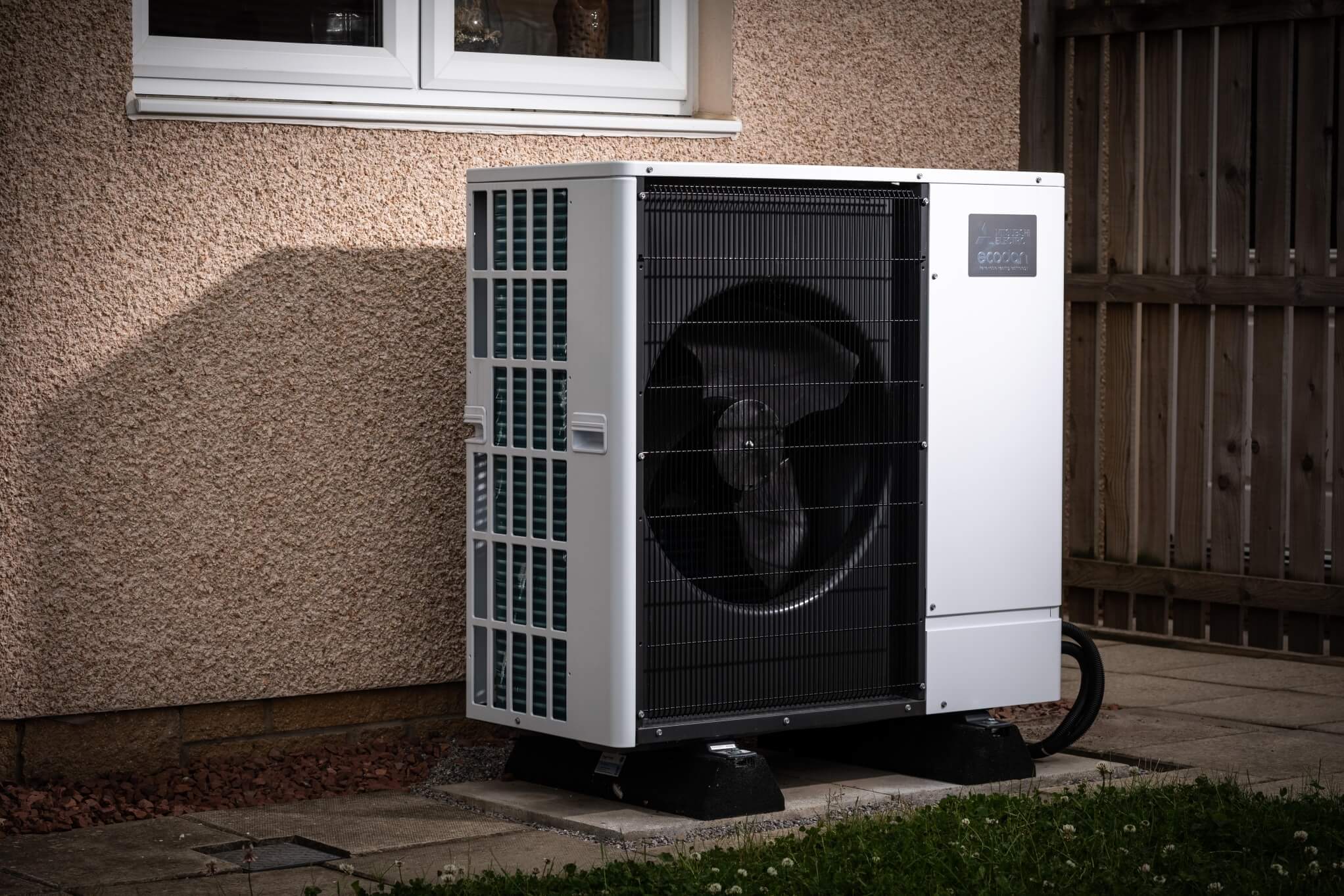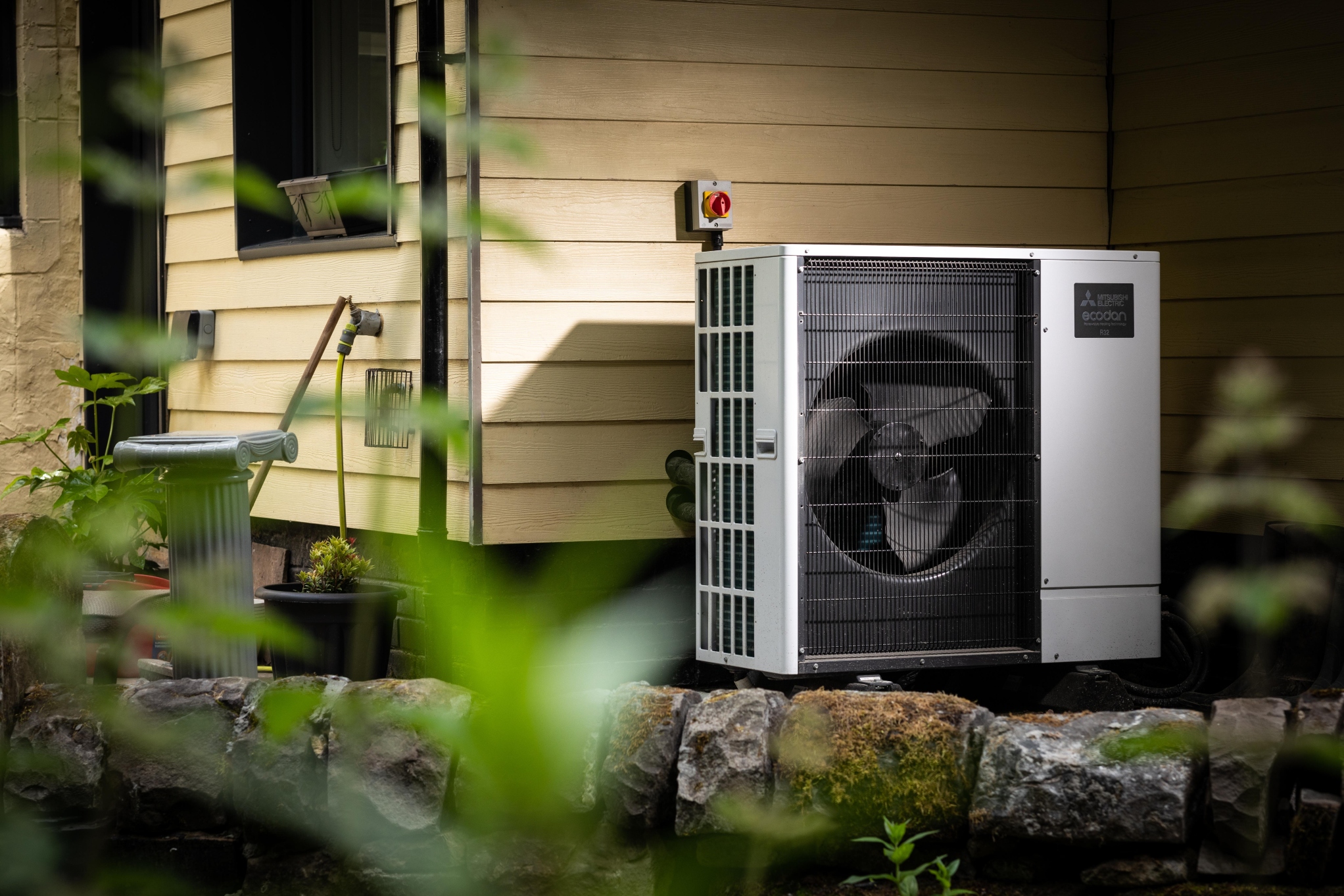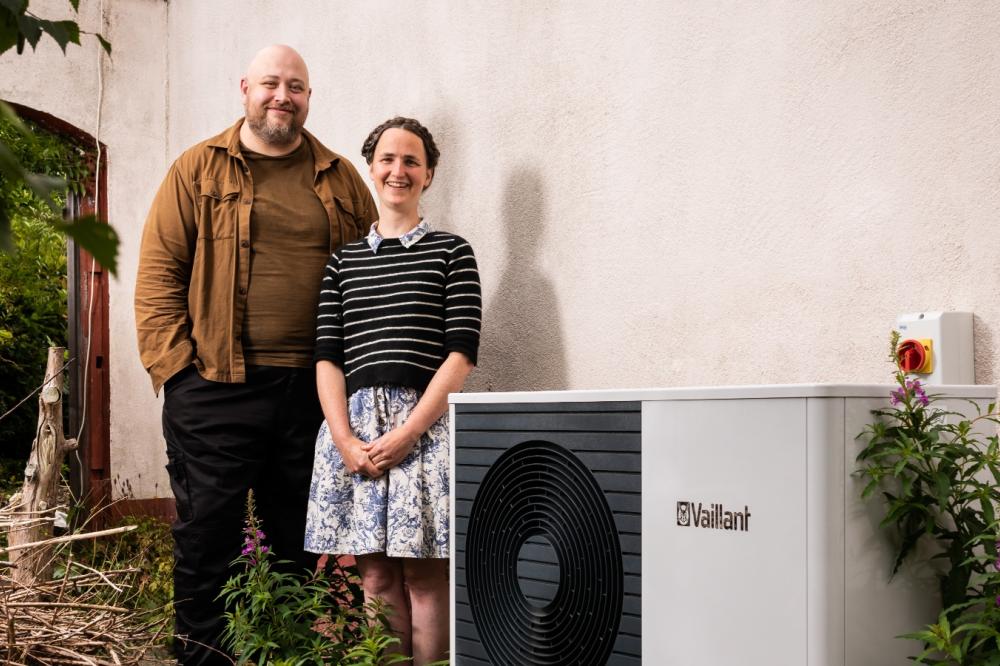What is a water source heat pump?
Water source heat pumps work very similar to ground source heat pumps, except the pipes are submerged in water—a river, loch, large pond, or borehole—rather than underground.
The water body’s heat transfers into a fluid in the pipes, then passes through a compressor in the water heat pump. The compressor increases the fluid's temperature so that you can use it for hot water and central heating.
Water transfers heat better than air, and water temperatures are generally stable all year-round (7-12°C).
Things to think about before installing a water source heat pump
You need a large watercourse nearby, like a large lake or a river, and one that won't freeze. The higher the heat demand, the more extensive the body of water you'll need for the pipes.
Underfloor heating and large radiators work best with water source heat pumps, and your home needs space for the heat pump. Insulation and draught proofing can reduce your heat demand and improve the comfort of your home.
Open loop systems will require water extraction and discharge permission (called abstraction) from the Scottish Environment Protection Agency (SEPA). Abstraction is separate from planning permission. Open and closed loop systems don't require planning permission, but check with your planning authority in case.
A water source heat pump could deliver all your home’s heating and hot water needs. It's best to consult an expert; there are many things to consider in determining whether your water body is suitable for a water source heat pump.





